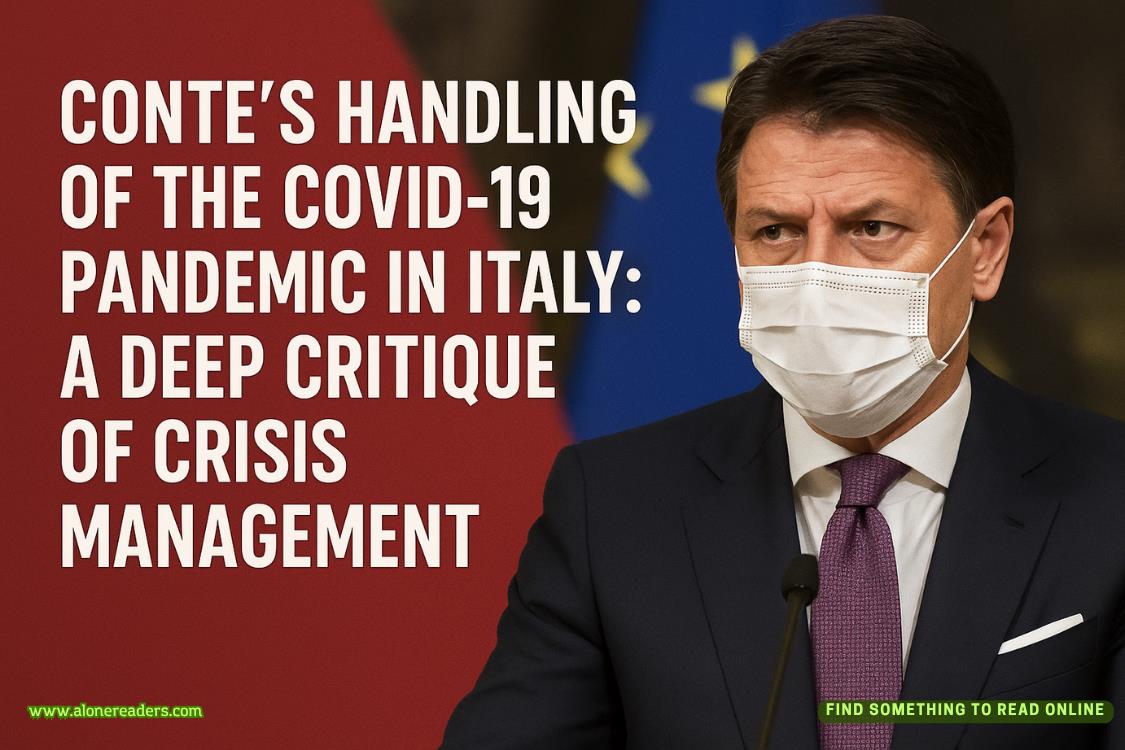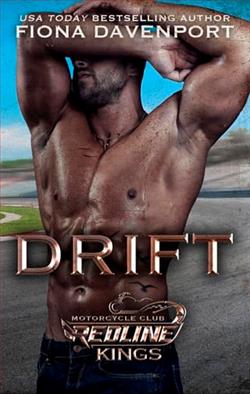Page 25 of Look on the Bright Side
“Today you do it. Or you can clock out.” The man-child had seemed like a good idea at the time of his hiring, but what he had in good looks and a decent knowledge of art, he lacked in work ethic.
“Fine. I clock out. We are slow today besides.” He gave an existential-crisis sigh and slouched off.
He had a point. They were slow. It was Tuesday, and hopefully this weekend would bring in more customers. Around three, a couple pulled into the parking lot in a big Porsche SUV. The woman held a Chanel purse and wore diamond studs; the man was dressed in Tom Ford. Wellfleet was a posh little town when the summer folk came in, and Ellie had gotten good at spotting designer labels.
“Welcome,” she said. “Thanks for coming in. Is there anything special you’re looking for?”
“We have a spot in our house here that just cries out for something dramatic,” the husband said, and for the next hour, Ellie discussed the light in their dining room, their style, the other artwork they owned. (They clearly wanted to show her what great taste they had.)
“What mood are you trying to express in the space?” Ellie asked.
“Interesting, bright, nothing too depressing.” He indicated one of her own oil paintings, Oyster Beds at Dusk. “And nothing too banal.”
Ouch. “How about something like this?” she asked, guiding them to a corner where one of her baby artists’ work was hung. Miles was a talented kid who did post-neo-expressionism (or graffiti, as her daughter Winnie described it). It was important to feature a range of styles. Only a few Cape artists featured their work exclusively in their galleries. Most of them, Ellie included, needed to hedge their bets.
“I love this,” the wife murmured. “So impactful.”
The landline rang. “Excuse me one second,” she said, since Meeko was gone. “Long Pond Arts,” she said, picking up the phone.
“Hello! I’d like to talk to you about refinancing your house!” said a humanlike voice. She hung up and returned to the corner where she’d left the couple. They were gone. She glanced out the door and saw them wandering farther down the street to her friend Jo’s gallery. Dang. She’d really thought they might buy Miles’s painting. But even if they didn’t, they could’ve said goodbye, at least. Thanks for your time. You have a lovely gallery. Nice talking to you!
Rude.
The wind chimes out back clanged gently. She checked the cranberry painting, added a bit more color to the scrubby bushes at the edge of the bog, poked her head out again. No one else in the gallery.
“That’s okay,” Ellie said out loud. “It’ll be a great season.”
She needed it to be. She always needed a great season. The familiar thread of fear tightened around her stomach.
Being an artist on Cape Cod was not exactly an unusual occupation. After all, anyone who got their hands on paints could call themselves an artist. Ellie had put herself through art school—Massachusetts College of Art and Design, one of the best. She’d been a standout student, gone to Europe to take some extra classes and had every intention of supporting herself on her art.
She’d gotten married instead. Had five children and painted only sporadically for twelve years. But since she’d opened the gallery…gosh, twenty-three years ago?…she’d put the pedal to the metal. Already educated, she’d been diligent about honing her craft to reach the level of accomplishment she had now. Workshops from other painters, online tutorials, poring over other people’s work and thousands and thousands of hours painting had made her a proficient and talented artist. She knew that.
But popular opinion was nothing if not fickle. She’d started this gallery as a way to create and sell her work, sure, but also to bring some money into the family. And she had. She’d ended up bringing most of the money into the family. She still did. And she still needed a good season. A really good season. Again. Financial security, that wispy, elusive creature, was always just around the next corner.
So now, with no one in the gallery but her, looking critically at her cranberry bog painting (was it banal?), it was easy to feel like she was running to stand still. What if she hadn’t chosen well with the young artists she was featuring? What if her very slight increase on prices backfired? What if her work wasn’t current…again?
Because that was a thing, too. What did the customer want this season? Hopefully, her lovely landscapes and charming Cape scenes, so carefully crafted over the winter, would sell, but it depended. What were the interior decorators pushing? Whose work had been featured in Cape Cod and the Islands or Cape Cod Life or Yankee magazine? Sunset paintings? That was so two years ago. Now alleyways bursting with flowers were all the rage. Nope, scratch that, do you have any still lifes with fruit? Actually, we’re so over fruit. Still lifes with flowers? No, wait, hyperrealistic waves, please. The beach in the snow. Provincetown in the snow. Provincetown in the rain. Make that Paris in the rain, please. Got anything whimsical, like a mouse stealing a raspberry? Oh, sorry, we’d prefer kids swimming. Or no, young men swimming. Do you have any nudes? How about some oyster shells? Didn’t you use to sell paintings of those cottages with the flower names? I wish you had some Jackson Pollock kind of stuff. Hey, what about sunset paintings?
A gallerist needed to be psychic. What would be hot this year? How much to charge? You didn’t want people leaving because they could get a painting of oyster shells for a thousand bucks less at a craft fair. But maybe you should be charging more, implying that your art was elite and rare. But then you’d have to compete with the Provincetown art scene, where galleries were in every third building, and paintings could sell for tens of thousands of dollars.
Young talent was becoming more and more important. The art world was ageist these days. Ellie had just said to Gerald that Monet would’ve been put in a nursing home and tied in his wheelchair if he were alive today. No one cared if you’d had a good, solid career with a technique forged by years of experience. Customers wanted to discover art, as pretentious as that was. We have an early Deborah Constantine, they wanted to say (once Debbie got huge, of course). “Only paid four thousand dollars for that baby there.” Reviewers, too, fawned over young artists. Bursting onto the art scene was a phrase Ellie was heartily sick of (and a phrase that had been used to describe her, once upon a time). These young artists didn’t have to be great, or even innovative. They just had to be new.
A few years ago, a young oil painter made a splash getting $20,000 a canvas for scenes of Coast Guard rescues back in the early part of the twentieth century. They looked almost exactly like Ellie’s own vintage rescue scenes from a decade ago, which had sold for a quarter of the price. Same black-and-white underpainting, same alla prima method in which wet paint was applied to still-wet paint, same scumbling texture effect. Brushstrokes the same thickness and size. One of Ellie’s paintings had shown four men on the beach, waving to the listing boat offshore. One of this painter’s—same thing.
Ellie didn’t know the artist, and wasn’t naïve enough to think that the guy had copied her, but come on. It would’ve been nice if just one reviewer mentioned her work. In the same school as the Elsbeth Smith series would’ve been nice. Instead, it was as if Ellie’s paintings had never existed.
Twenty grand a piece.
Raise your hand if you, too, burst onto the scene or were praised for your fresh perspective of old Cape Cod, Ellie wanted to say. After all, she had burst. She’d been fresh. She’d been named a young artist to watch. Over the years, she’d seen at least twenty young artists burn out after a few years. The reviews of their early works had been too fawning, maybe. The expectations were too great. Too much pressure to remain the it girl or guy. You couldn’t develop a style, produce for years and still be new. It was one or the other, and if you made your name too early on, chances were high that you’d be packing your canvases or chopping your prices.
Ellie knew this. She didn’t need those titles or accolades—Ten Young Artists to Watch or Artists Redefining Cape Art. In fact, it was only after she’d burst, after she’d been watched, after she’d been new that she produced some of her best, most elevated work. Back then, she didn’t worry too much. She had a voice, and her work was strong and beautiful, and surely people would relate to it, no matter what her age, or how long Long Pond Arts had been open.
That had been true…until four years ago. The gallery had been in the black for the eleventh year running, and Ellie felt confident. Since she’d opened Long Pond, she had painted what the people wanted—seascapes, pretty Cape houses, children frolicking on the beach, sunsets and sunrises galore. Then she decided to do something different for the simple reason that she felt inspired. Wasn’t that what art was all about? Wasn’t her career solid enough for her to reach a little? It was, she thought. She never wanted to be that painter who did the same thing over and over and over.
All that autumn and winter, she worked on a series of huge canvases…stormy skies and dark oceans with incredible layers and detail, rich with the intricacies, the sense of foreboding and power of the weather, the atmosphere so thick you could almost smell the rain. The work was moody, striking and yes, fresh, and she couldn’t wait to unveil it come spring. She planned a big, splashy opening—caterers, bar, musicians. This series would get back some of that early attention, she was certain. Maybe even a review in the Globe or the Times or Yankee. Sales would spike. This work was her best ever. She was so thrilled that in her late fifties, she could be so innovative and energized, her skills sharper than they’d ever been in her life.
Confident and excited, Ellie sent out three hundred invitations to the opening of The Fury of the Storm in early March. Yes, said the Globe reviewer, she’d love to come. Wow, said the editor at Cape Cod Life. Incredible. Count him in.















